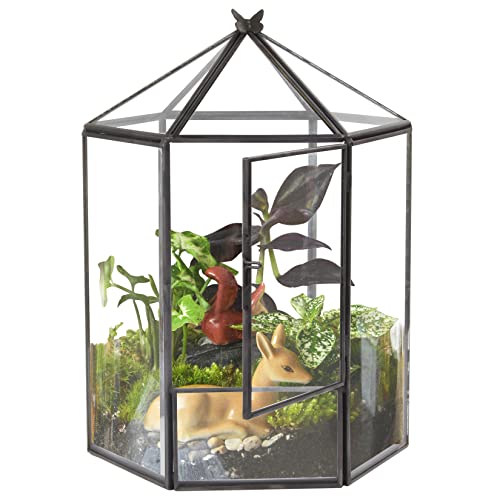I've read that Milkweed bug's (Oncopeltus fasciatus) make good feeders for chameleons and dart frogs. I was curious if they could be used as a feeder for mantids too?
They have a quick 1 month life cycle at proper temperatures of 84 F (29 C) and can be feed cracked raw seeds of sunflower, watermelon, squash, cashew, and almonds. Seems like a ideal feeder besides the typical crickets or such during winter; however, in the wild they eat milkweed plants so they are toxic - but I figured after collecting adults and culturing a generation or two in captivity it will make them much safer in that regard.
They have a quick 1 month life cycle at proper temperatures of 84 F (29 C) and can be feed cracked raw seeds of sunflower, watermelon, squash, cashew, and almonds. Seems like a ideal feeder besides the typical crickets or such during winter; however, in the wild they eat milkweed plants so they are toxic - but I figured after collecting adults and culturing a generation or two in captivity it will make them much safer in that regard.





















































